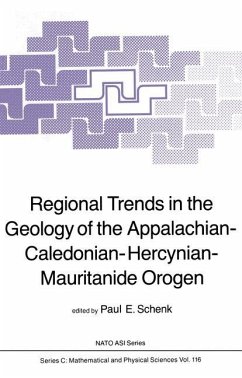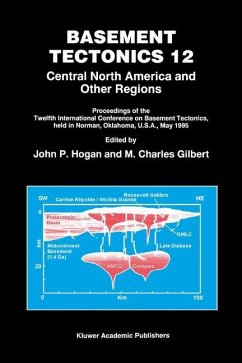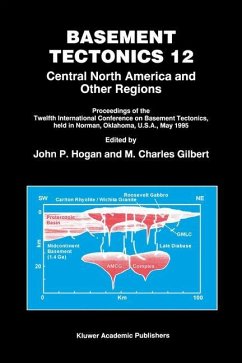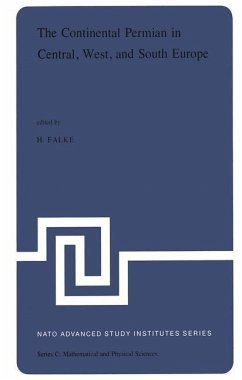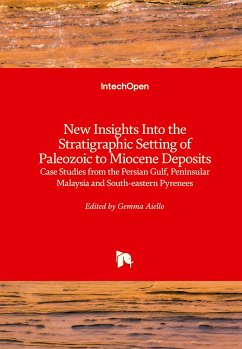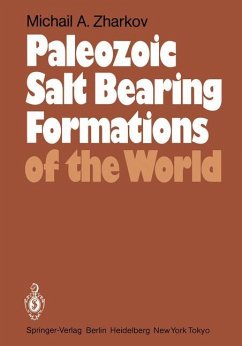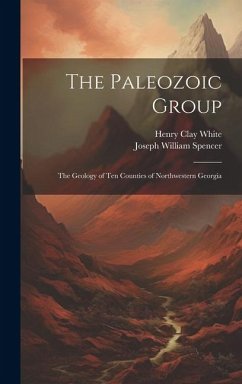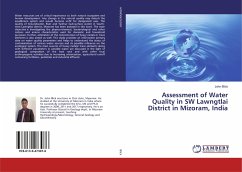
Seismic studies of Paleozoic orogens in SW Iberia and the Middle Urals
Comparison of the two Hercynian mountain belts
Versandkostenfrei!
Versandfertig in 6-10 Tagen
32,99 €
inkl. MwSt.

PAYBACK Punkte
16 °P sammeln!
Terrane drift preceding continental collision and thesubsequent mountain building tectonic processes arederived from paleomagnetic, paleoclimatic, faunal,geological, petrological and geochemical data.Geophysical methods are used to study the structureand physical properties of the modern sub-surface. Byintegrating all available data, the origin andevolution of orogenic belts can be inferred. Seismic profiles conducted worldwide show thatdifferent crustal provinces (e.g. shield areas,Caledonian provinces, Variscan provinces, rifts, andorogens) are characterized by different crustalstructure and...
Terrane drift preceding continental collision and the
subsequent mountain building tectonic processes are
derived from paleomagnetic, paleoclimatic, faunal,
geological, petrological and geochemical data.
Geophysical methods are used to study the structure
and physical properties of the modern sub-surface. By
integrating all available data, the origin and
evolution of orogenic belts can be inferred.
Seismic profiles conducted worldwide show that
different crustal provinces (e.g. shield areas,
Caledonian provinces, Variscan provinces, rifts, and
orogens) are characterized by different crustal
structure and velocity profiles. Reflectivity and
velocity structure of the Variscan and Uralian
orogenic belts provided by controlled seismic methods
presented in this book. Although it is assumed that
these structures were formed close in time and at
similar conditions, comparison of the results shows
that the crust of these two orogens looks quite
different at depth.
subsequent mountain building tectonic processes are
derived from paleomagnetic, paleoclimatic, faunal,
geological, petrological and geochemical data.
Geophysical methods are used to study the structure
and physical properties of the modern sub-surface. By
integrating all available data, the origin and
evolution of orogenic belts can be inferred.
Seismic profiles conducted worldwide show that
different crustal provinces (e.g. shield areas,
Caledonian provinces, Variscan provinces, rifts, and
orogens) are characterized by different crustal
structure and velocity profiles. Reflectivity and
velocity structure of the Variscan and Uralian
orogenic belts provided by controlled seismic methods
presented in this book. Although it is assumed that
these structures were formed close in time and at
similar conditions, comparison of the results shows
that the crust of these two orogens looks quite
different at depth.



